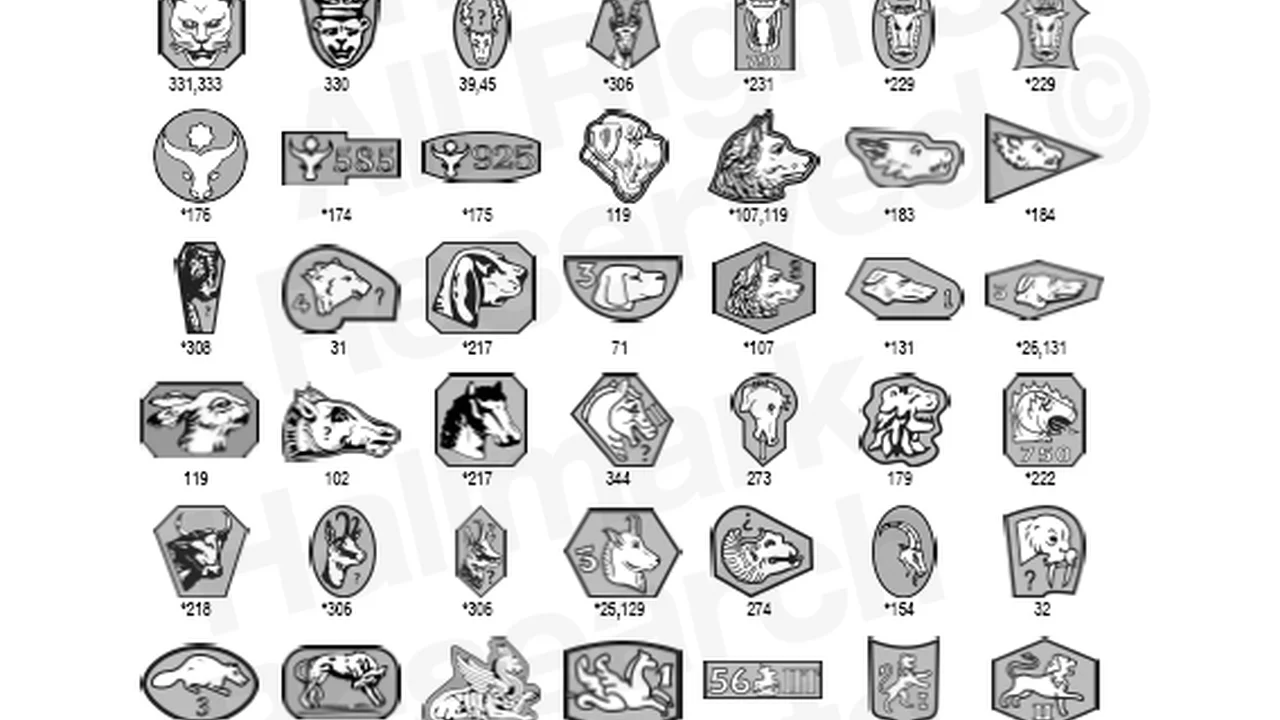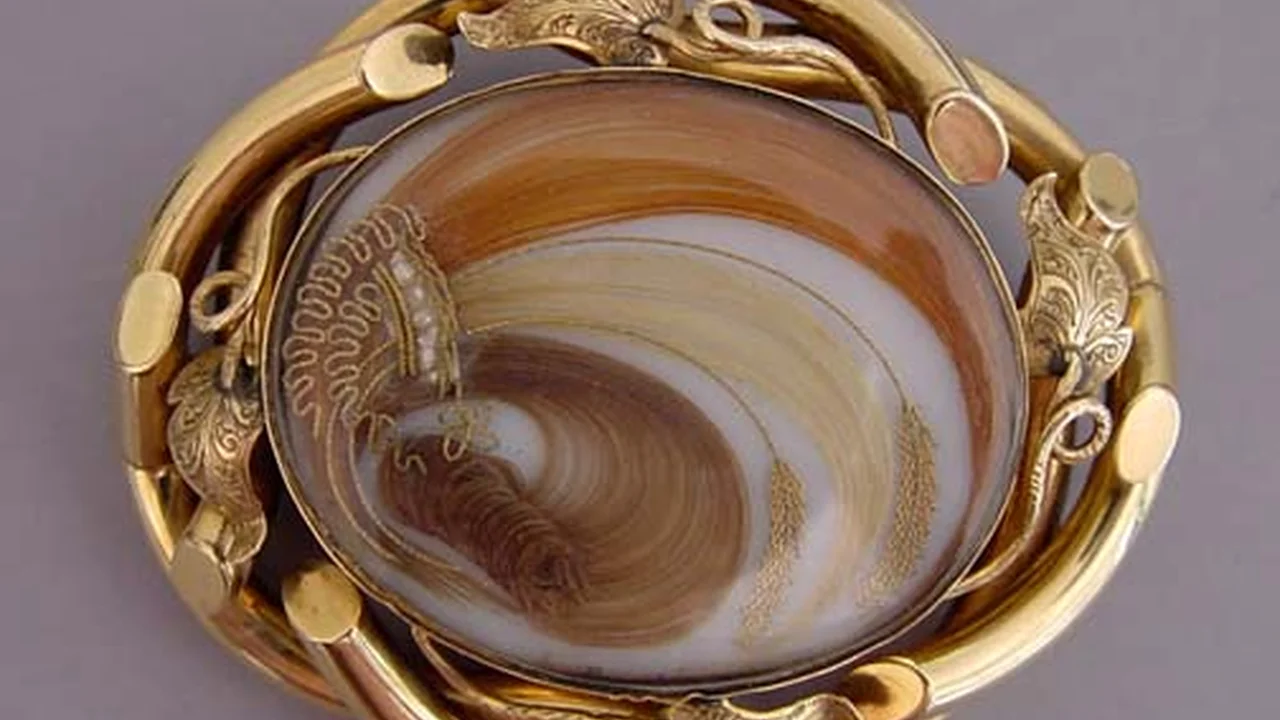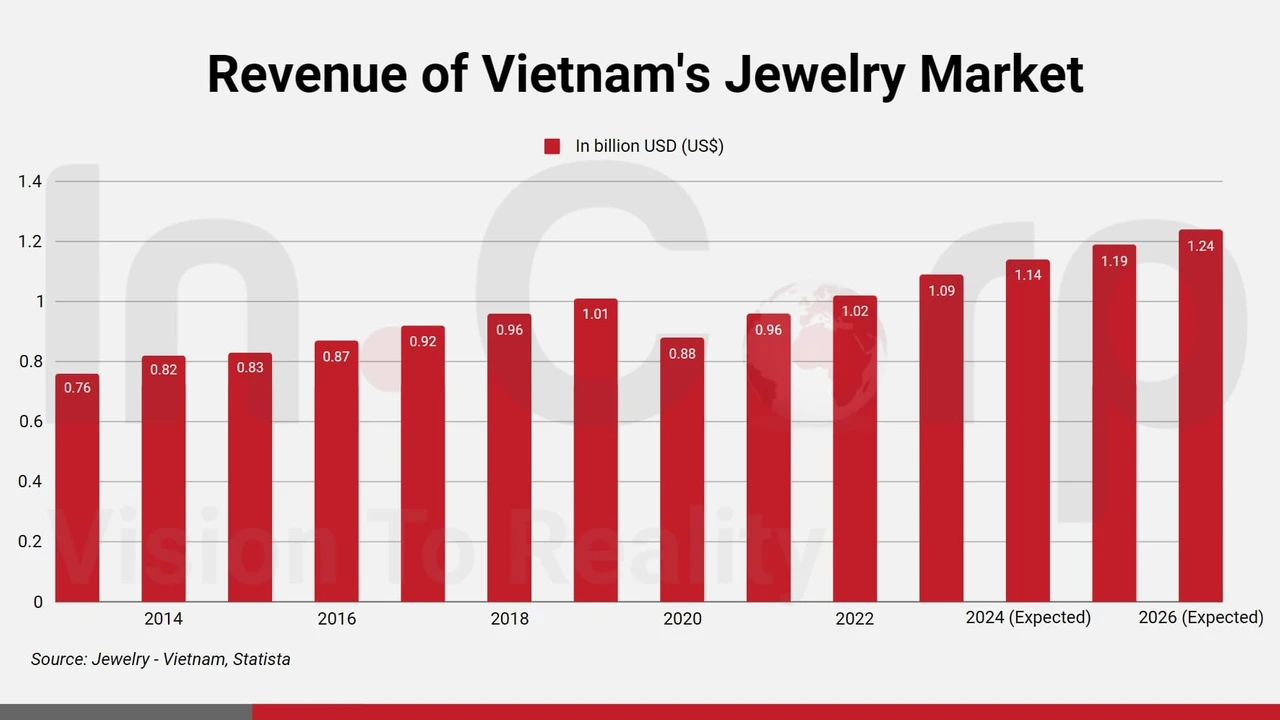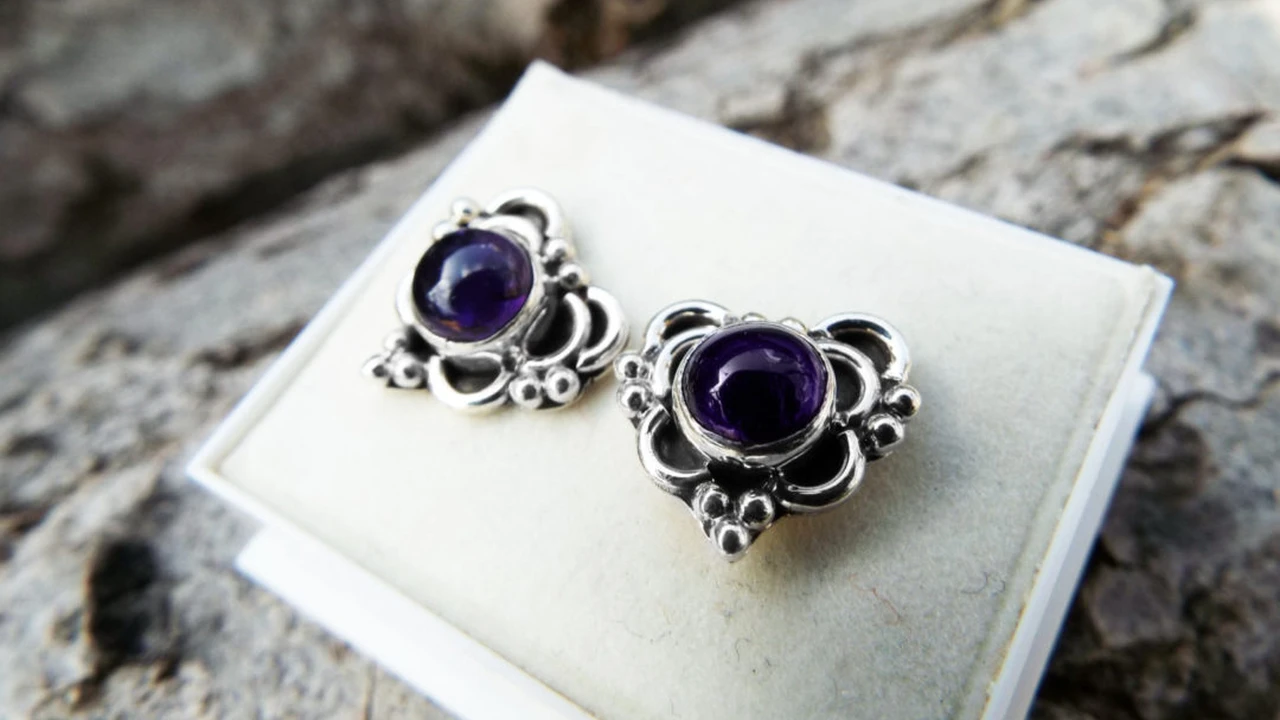5 Essential Tips for Cleaning Antique Jewelry
Explore how to safely clean antique jewelry. Discover gentle methods and avoid damaging delicate materials.
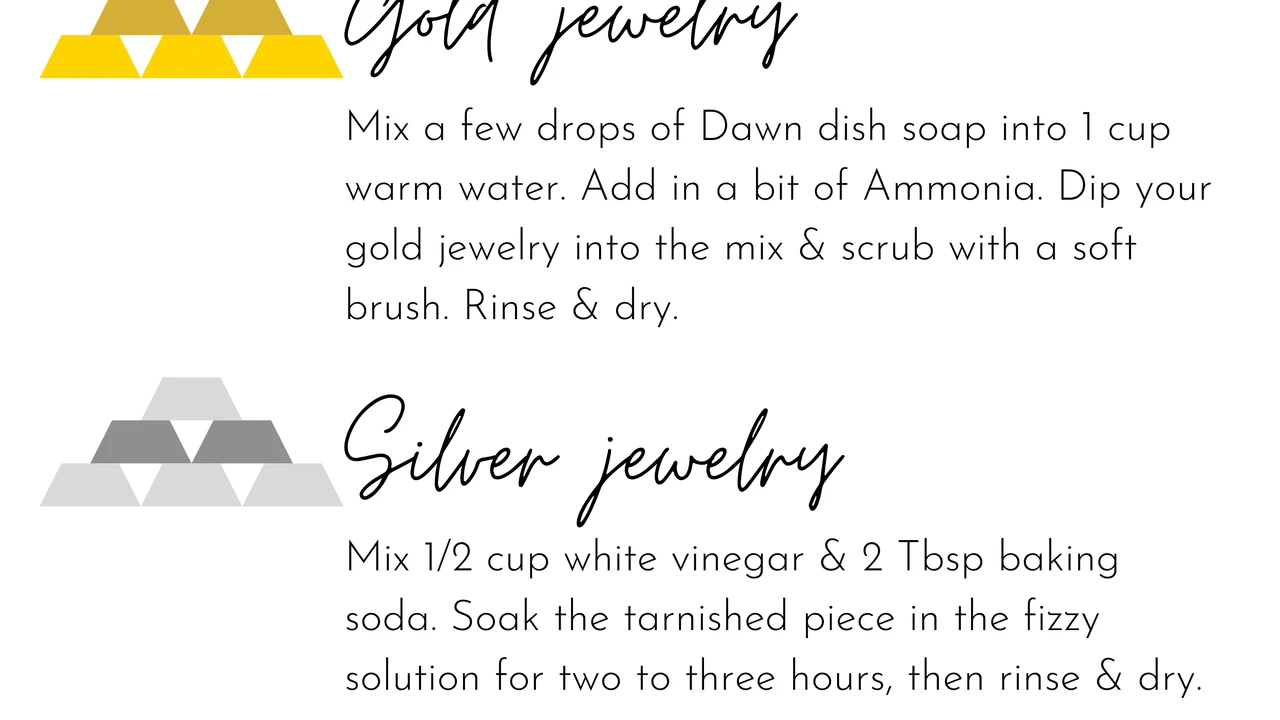
Introduction: Why Gentle Cleaning Matters for Antique Jewelry
Hey there, antique jewelry enthusiasts! We all love the sparkle and history behind these timeless pieces. But let's face it, dust, grime, and everyday wear can dull their shine. The good news is, you can keep your antique jewelry looking its best with the right cleaning techniques. The key? Gentleness! Harsh chemicals and abrasive methods can damage delicate materials and compromise the value of your treasures. This guide will walk you through five essential tips to clean your antique jewelry safely and effectively.
Tip 1: Identify Your Jewelry's Materials
Before you even think about cleaning, take a close look at your piece. What's it made of? Is it gold, silver, platinum? Are there gemstones like diamonds, pearls, or opals? Different materials require different cleaning approaches. For example, what works wonders on diamonds could wreak havoc on pearls. Knowing your materials is the first step to safe cleaning.
Example: Imagine you have a beautiful Victorian brooch made of silver and seed pearls. Silver is relatively sturdy, but seed pearls are incredibly delicate. You wouldn't want to use a silver polishing cloth directly on the pearls, as it could scratch them. Instead, you'd need a gentler approach.
Tip 2: Gather Your Gentle Cleaning Supplies
Now that you know what you're dealing with, let's gather the right tools. Here's what you'll need:
- Soft-bristled brush: A baby toothbrush or a specialized jewelry brush works great.
- Mild soap: Dish soap without harsh chemicals or dyes is perfect.
- Warm water: Not too hot, not too cold – lukewarm is just right.
- Soft cloths: Microfiber cloths are ideal for drying and polishing.
- Cotton swabs: For reaching those hard-to-get areas.
Avoid: Abrasive cleaners, ultrasonic cleaners (unless you know what you're doing!), and anything containing bleach or ammonia.
Tip 3: The Gentle Cleaning Process Step-by-Step
Alright, let's get cleaning! Here's the process:
- Prepare your cleaning solution: Mix a few drops of mild soap with warm water.
- Dip and brush: Dip your jewelry into the solution and gently brush away dirt and grime with your soft-bristled brush. Pay attention to crevices and settings.
- Rinse thoroughly: Rinse the jewelry under warm running water to remove all traces of soap.
- Dry carefully: Pat the jewelry dry with a soft cloth. For intricate pieces, use a cotton swab to dab away any remaining water.
- Air dry: Allow the jewelry to air dry completely before storing it.
Important: Never soak antique jewelry for extended periods, especially if it contains porous gemstones like opals or turquoise.
Tip 4: Specific Cleaning Tips for Different Materials & Antique Jewelry Styles
Here are some specific tips for cleaning different materials commonly found in antique jewelry:
- Gold: Gold is relatively durable, so you can use the general cleaning process described above. For extra shine, you can use a gold polishing cloth, but be careful around gemstones.
- Silver: Silver tarnishes easily, but you can remove tarnish with a silver polishing cloth. However, avoid using silver polish on pieces with delicate gemstones or enamel. For heavily tarnished silver, consider a specialized silver cleaning solution, but always test it in an inconspicuous area first.
- Diamonds: Diamonds can handle a bit more cleaning power. You can use a slightly stronger soap solution or even a specialized diamond cleaner. Just be sure to rinse thoroughly.
- Pearls: Pearls are very delicate and should only be cleaned with a damp cloth. Never submerge them in water or use any harsh chemicals.
- Opals: Opals are also porous and sensitive to chemicals. Clean them gently with a damp cloth only.
- Victorian Jewelry: Often features intricate designs and delicate materials like jet and hair. Extra care is needed; gentle brushing and damp cloth cleaning are best.
- Art Deco Jewelry: May contain gemstones like onyx and lapis lazuli, which are also sensitive to harsh chemicals. Stick to the gentle cleaning process.
Tip 5: When to Seek Professional Cleaning & Specific Product Recommendations
Sometimes, your antique jewelry needs more than just a gentle cleaning. If you're dealing with:
- Heavy tarnish or grime: That doesn't come off with gentle cleaning.
- Loose stones or settings: That need repair.
- Delicate or damaged materials: That you're afraid to damage further.
Then it's time to seek professional help. A reputable jeweler specializing in antique jewelry can safely clean and repair your pieces without causing further damage.
Product Recommendations for Cleaning Antique Jewelry:
While the DIY approach works for most situations, here are some products that can help:
- Connoisseurs Jewelry Cleaner: This brand offers a range of cleaners for different types of jewelry. Their Delicate Jewelry Cleaner is great for pearls and other sensitive materials. (Price: $10-$15)
- Blitz Gem & Jewelry Cleaner: Another popular brand with a gentle formula that's safe for most gemstones. (Price: $8-$12)
- Hagerty Silver Polish Cloth: Excellent for removing tarnish from silver jewelry. (Price: $5-$10)
Using the Products: Example Scenarios
Let's say you have an Art Deco silver necklace with onyx stones. The silver is tarnished, but the onyx is delicate. You could use the Hagerty Silver Polish Cloth to gently polish the silver parts, avoiding direct contact with the onyx. Then, use a damp cloth to carefully clean the onyx stones.
Or, imagine you have a Victorian gold ring with a diamond. You could use Connoisseurs Jewelry Cleaner for gold and diamonds, following the instructions on the package. Be sure to rinse thoroughly and dry completely.
Comparison: While silver polishing cloths are great for removing tarnish, they're not suitable for cleaning gemstones. Jewelry cleaners, on the other hand, can be used on both metals and gemstones, but it's important to choose a gentle formula.
Final Thoughts: Keep Your Antique Jewelry Sparkling
Cleaning antique jewelry might seem daunting, but it doesn't have to be. By following these five essential tips, you can keep your treasures looking their best for years to come. Remember, gentleness is key! And when in doubt, don't hesitate to seek professional help. Happy cleaning!
:max_bytes(150000):strip_icc()/277019-baked-pork-chops-with-cream-of-mushroom-soup-DDMFS-beauty-4x3-BG-7505-5762b731cf30447d9cbbbbbf387beafa.jpg)



